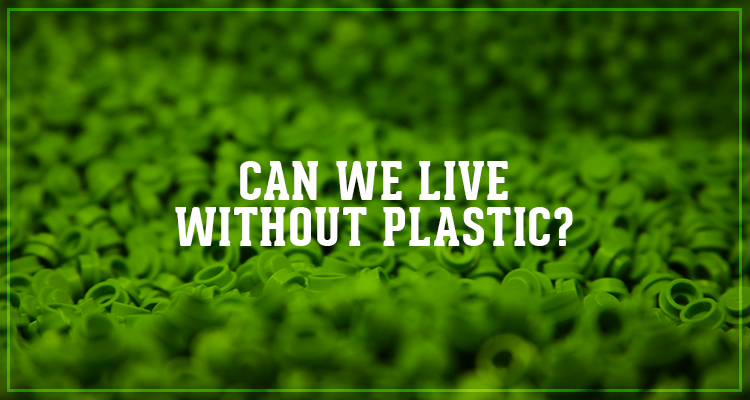Plastic has become such an integral part of our lives that we no longer perceive it as replaceable by other materials. But is it really the case, is plastic so essential in our everyday lives that nothing is better than it, or is it just the result of a twisted perception of the world around us? Learn more about the importance of plastic in our lives and its (ir)replaceability!
Where does plastic come from?
Plastic is a man-made artificial material produced of a wide range of malleable synthetic or semi-synthetic organic compounds that can be molded into solid objects. Plastic materials are featured by plasticity and elasticity to a higher or lower degree, meaning they can stand pressure and deformities and sometimes recover their previous shape.
Aside from that, plastic has become a staple material due to its low production cost, versatility, ease of manufacture and imperviousness to water, which enabled it to replace many traditional materials such as glass, wood, leather, stone, metal, paper and ceramic.
Plastic is all around us
There is now virtually no plastic-free aspect of everyday life. Kitchen utensils, home appliances and household items, computers and electronic devices, mobile phones, hearing aids and contact lenses, medical instruments and machines, clothing and shoes, office supplies, pens, pencils, communal waste containers, diapers, hygiene products, food wraps and packs, plastics is everywhere!
Zero-plastic fads sustainability
After plastic has gained such importance in our lives, a new trend emerged. It is called the “zero-plastic life” or “zero-waste life”. Although the two are not necessarily synonymous, they both rely upon the idea of reducing waste production, partly by using less plastic products in general. Some went a step further and keep track of the (low amounts of) waste they produce, hence toss it in a “jar” i.e. a waste bins specially aimed at keeping visible record of it.
When we hear about the “zero waste production,” what comes to mind is that there is absolutely no waste produced whatsoever. In fact, it is quite the opposite – we still produce waste, but are at the same time more aware of the impact it has on a global scale and willingly reduce it.
Likewise, “plastic-free” does not necessarily mean one completely eliminates the use of plastic, but rather avoiding buying new instances of it and upcycling the items already owned. In plain words, if you already have some plastic items as home, and we all undoubtedly do, you are compelled to use them as long as possible, and toss them once they become completely unusable, instead of unnecessarily replacing them with new ones before they reach the end of their life cycle.
If these “zero” trends are in line with your beliefs, you should definitely go with it. When you switch perspective from consumer society to a need-based society, in which plastic is needed rather than banned just for the sake of being banned, the sustainability of reducing waste production is out of the question.
What to replace plastic with?
Depending on where you use plastic the most, materials and products it can be replaced with also vary. Bear in mind that, although plastic is largely unnecessary, there are instances of its use in which there is simply no better material to use. Here we will go through some of the most common plastic waste production items and how to replace them with more environmentally friendly materials.
- plastic shopping bags ⇒ cloth shopping bags
- bottled water ⇒ reusable water bottles
- plastic cutlery at takeaways ⇒ bring your own cutlery, keep it in your car and have it with you at any time (do not forget to wash it after every use, to keep the odors and bacteria away)
- plastic crockery ⇒ ceramic or glass crockery
- plastic kitchen utensils ⇒ wooden or stainless steel utensils
- plastic refuse bins ⇒ galvanized litter bins
- municipal plastic waste containers ⇒ galvanized steel waste containers
- plastic children’s toys ⇒ wood toys (especially since low-quality plastic products tend to contain a lot of unhealthy and hazardous chemicals)
- plastic trinket boxes ⇒ cardboard trinket boxes
- synthetic clothing ⇒ organic cotton or linen clothing
The options are numerous. Once you get into the habit of thinking outside the box, more options will inevitably come to your mind.
Where plastic is inevitable?
Together with instances of plastic materials being replaceable by others, there are cases in which plastic is absolutely necessary. Some of them are the following:
- hygiene products packs
- contact lenses (although not officially straightforward plastic, yet some form of it)
- school and office supplies such as pens, rubbers, folders and rulers
- home appliances
- electronic devices
- refillable water bottles
- food wraps, containers and packs
To cut the long story short, there has to be balance with everything, plastic no exception. It is up to us whether we use it responsibly, sparingly or recklessly. Once we realise that what we (do not) do today has an enormous impact on how we are going to live in the future, we are more likely to become more environmentally responsible and treat our surroundings better.
And now, back to you! Can you think of any other instances where plastic is necessary and where no other material works better? Have you managed switching to zero-waste or plastic-free life? How did the transition go and what was the most problematic for you?
Feel free to share your comments with us on our social media pages: Facebook, Google+ and Linkedin – we look forward to hearing from you!


Recent Comments